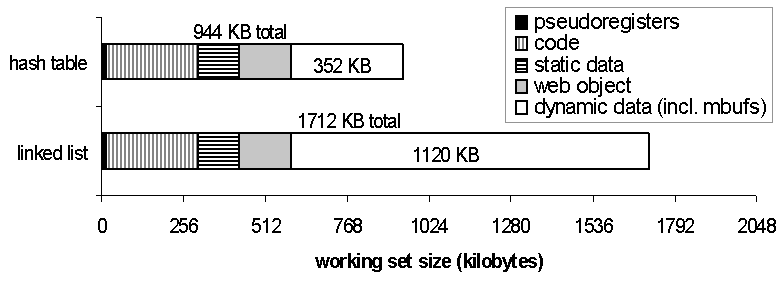
Table 2: Per-VM kernel metadata: this table describes the residual kernel footprint of each VM, assuming the VM has been swapped out.
 [Next]
[Up]
[Previous]
[Next]
[Up]
[Previous]
The number of virtual machines to which our isolation kernel can scale is limited by two factors: per-machine metadata maintained by the kernel when a VM has been completely paged out, and the working set size of active VMs.
Per-VM kernel metadata: To minimize the amount of metadata the isolation kernel must maintain for each paged-out VM, wherever possible we allocate kernel resources on demand, rather than statically on VM creation. For example, page tables and packet buffers are not allocated to inactive VMs. Table 2 breaks down the memory dedicated to each VM in the system. Each VM requires 8,472 bytes, of which 97% are dedicated to a kernel thread stack. Although we could use continuations [10] to bundle up the kernel stack after paging a VM out, per-VM kernel stacks have simplified our implementation. Given the growing size of physical memory, we feel this is an acceptable tradeoff: supporting 10,000 VMs requires 81 MB of kernel metadata, which is less than 4% of memory on a machine with 2GB of RAM.

Table 2:
Per-VM kernel metadata: this
table describes the residual kernel footprint of each VM, assuming the
VM has been swapped out.
VM working set size: The kernel cannot control the size of a VM's working set, and the kernel's paging mechanism may cause a VM to perform poorly if the VM scatters small memory objects across its pages. One instance where memory locality is especially important is the management of the mbuf packet buffer pool inside the BSD TCP/IP stack of our Ilwaco guest OS. Initially, mbufs are allocated from a large contiguous byte array; this ``low entropy'' initial state means that a request that touches a small number of mbufs would only touch a single page in memory. After many allocations and deallocations from the mbuf pool, the default BSD implementation of the mbuf pool scatters back-to-back mbuf allocations across pages: in the worst case, as many pages are necessary as referenced mbufs, increasing the memory footprint of a VM.

Figure 7: Mbuf entropy and memory footprint: eliminating mbuf entropy with a hash table can halve memory footprint.
We have observed the effects of mbuf entropy in practice, especially if a VM is subjected to a burst of high load. Figure 7 shows the effect of increasing the offered load on a web server inside a VM. The memory footprint of the VM using the default, linked list BSD implementation of the mbuf pool increases by 83% as the system reaches overload. We improved memory locality by replacing the linked list with a hash table that hashes mbufs to buckets based on the memory address of the mbufs; by allocating from hash buckets, the number of memory pages used is reduced. With this improvement, the VM's memory footprint remained constant across all offered loads. The savings in memory footprint resulted in nearly a factor of two performance improvement for large numbers of concurrent web server VMs.
More generally, the mbuf entropy problem is indicative of two larger issues inherent in the design of a scalable isolation kernel. First, the paging behavior of guest operating systems is a crucial component of overall performance; most existing OSs are pinned in memory and have little regard for memory locality. Second, memory allocation and deallocation routines (e.g., garbage collection) may need to be re-examined to promote memory locality; existing work on improving paging performance in object-oriented languages could prove useful.